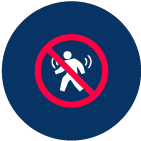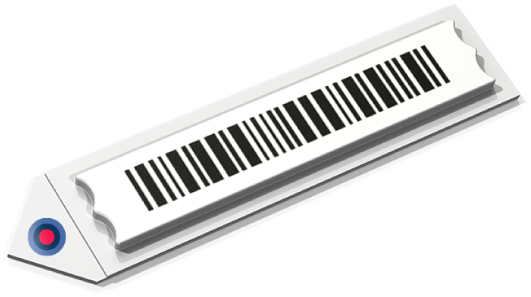
Advantages
Significant reduction of inventory shortage through

Visual Prevention
EAS acts as a highly effective visual deterrent for potential shoplifters, discouraging theft attempts in the first place.

Acoustic Alarm
In the event of an attempted theft, EAS systems provide an immediate alarm, alerting shop personnel to intervene swiftly

Profit Increase
This reduction directly translates into an increase in profit margins for the business.
Focus on security and efficiency:

Difficulty for Shoplifters
These Tags are intentionally designed to be challenging for shoplifters to remove or deactivate, making theft more difficult.

Ease of Use for Personnel
Shop personnel can easily and quickly deactivate or remove the Tags, requiring only seconds to do so.

Shift in Attention
With the confidence of EAS in place, store personnel can shift their attention from constantly watching for potential theft to providing excellent customer service
Our EAS Application
Our innovative EAS solutions are compatible with all common Acousto-Magnetic (AM) and Radio-Frequency (RF) systems and decativators are from common system manufacturers like Sensormatic and Lucatron.

